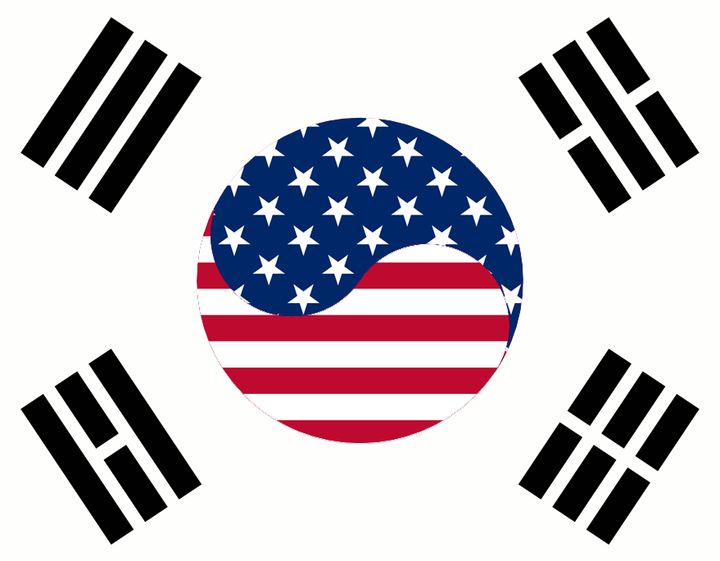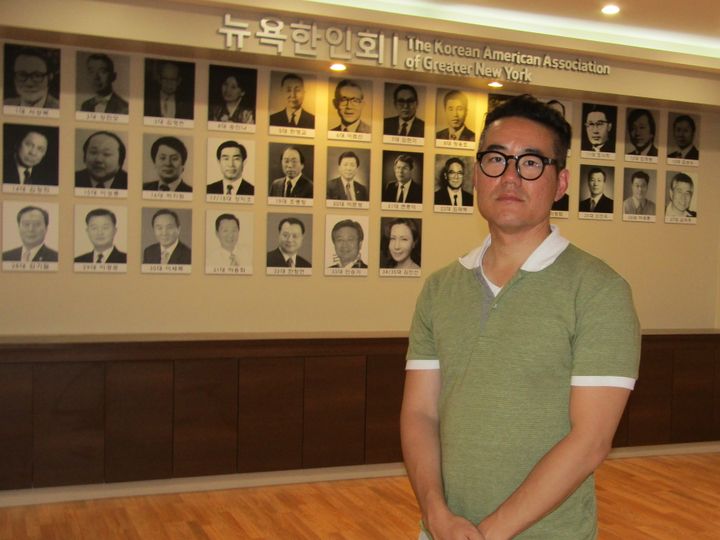
Korean-Americans continue to make great strides in all facets of the human experience.
From a geopolitical perspective, the nuclear war standoff between the U.S. and North Korea is routinely discussed by policy forums and think tanks throughout DC. Delving deeper into one’s heritage - in this case Korea - is a more cultivating and impactful exercise.
Dominick Jung works as the external affairs coordinator of the Korean American Association of Greater New York (KAAGNY), which has roots dating back to 1921, and was established as a full service organization in 1960. The nonprofit primarily serves the 500,000 Korean-Americans living in New York City, and acts as an umbrella organization for over 1,000 professional, educational, religious, and trade institutions.
“Koreans, in general, try to strive in all facets of human life, whether it’s in science, sports, or music,” says Jung, the 39-year-old who immigrated to Denver as a high school student in 1993, and later graduated from the University of Buffalo. “I think we’ve done great, great things over the years in such a short amount of time. And it was possible with the U.S. being our close ally.”

Dominick Jung works as the external affairs coordinator of the Korean American Association of Greater New York (KAAGNY), which has its roots dating back to 1921.
KAAGNY is currently utilizing its donated resources toward the Museum of Korean American Heritage - or MOKAH - where the sixth floor of their West 24th Street owned building in Manhattan has already showcased Korean arts, statues, and other designs to celebrate its lineage and storied history. MOKAH will be labeled as the official heritage museum of KAAGNY.
“We have just started hosting an art show done by 40 different artists from Korea, with 70 paintings,” says Jung. “This is our fourth art show since the beginning of the year. MOKAH will be an entirely new organization within KAAGNY. There is a generational, culture gap... It is a desperate need for the first generation to reach out to [succeeding] generations.”
Minjoo Kim is a young woman working within the public affairs division of the Korean Cultural Center in Washington, D.C, and like Jung, she is part of Korea’s 1.5 generation. The term describes immigrants who arrived as children and adolescents. Unlike their first generation parents or U.S.-born siblings, their identities are split, and are American in some ways, but not entirely, since as children, they grew up in their native country.
“When I was 14 years old, my parents and I went to New Zealand,” Kim tells me. “My parents are considered the first generation, and when I get married, and [have children], they will be considered second generation.” Kim later moved to the U.S., and had a career in fashion design before accepting a PR job with the Korean Cultural Center. The staff is comprised largely of local hires, even as its Korean directors set most of its priorities. Kim noted that the early 1990s saw an immigration spike of Korean émigrés to countries like New Zealand and Canada, in addition to the U.S.
Democratization in South Korea can largely be traced to the June Struggle, also known as the June Democratic Movement that took place in Seoul in 1987. Massive protests forced the ruling authoritarian government to hold elections, and led to the country to implement democratic reforms. The June Struggle was seen as a “turning point for South Korea in its shift from strong-arm politics to civil society and the rule of law,” wrote Don Oberdorfer and Richard Carlin in the seminal book The Two Koreas. “Although many trials and controversies still lay ahead, by the end of 1987, South Korea had taken a new road from which there was no turning point.”
Jung believes that the bellicose language “coming out of North Korea and Washington” may be a ruse by world leaders to “control” their citizenry. “A lot of people don’t believe war will actually happen, and they are using that tension to control governing people. Hopefully, that’s just the way it is,” he says.
Kim, meanwhile, remains wary of Kim Jung Un’s threats to the South: “We still need to be very cautious because you never know what will happen. We [do] feel threatened by the North nowadays,” she says.
American-born Adam Wojciechowicz serves as the Public Affairs Specialist at Korean Cultural Center and the embassy. Well-versed on Korean history and its sociology, he oft-times travels to Seoul with his wife. Wojciechowicz coordinates the center's King Sejong Institute language school, among other outreach and education programs. The George Mason University graduate has worked at the Korean Cultural Center for over a decade.
“It's good to look back on history to have a better perspective,” he says. “There are thousands of years of history [in Korea]... but the reality today is the stark political divide, and the new generation didn’t grow up with that... In South Korea, there are hard core liberals, and extreme [right] views, and all things in between. But that’s part of the healthiness of a democracy. There are a lot of intense discussions.”
“[At the cultural center], we don’t buy into the idea of North Korea or South Korea. We speak generally about Korea,” adds Kim.
Wojciechowicz says that some of the Korean Cultural Center’s exhibitions occasionally feature sensitive topics throughout its history, such as disturbing episodes during Japan’s colonial rule.
“We’ve had artists... who dealt with the ‘comfort women’ issue, which is clearly painful. The population is getting smaller [due to old age].” It is been recorded that 80,000 to 200,000 ‘comfort women,’ mostly from the Korean Peninsula, were recruited and brutally raped by Japanese soldiers during World War II.
“If you look at Korean sociology, there’s a concept of ‘how do we define our nation?’ Different countries define it in different ways,” continues Wojciechowicz. “Sometimes it’s cultural, and sometimes it’s political; in America, it’s determined by our civic values - it’s not so much how you look like or what language you speak... But in Korea, you have more of an ethnic nationality. Ethnicity is uniform across the Korean Peninsula. That’s my understanding.”
“You got that right,” Kim assures him.
So, what would be considered the “next chapter” for Koreans living in the U.S?
More will likely run for public office, says KAAGNY’s Jung.
“Right now we don’t have a Korean-American congressman,” he says. “That’s the next step for the second and third generations.” Jung singles out David Min who is running for California’s 45th Congressional District, which includes Irvine and several other Orange County cities.
“Min came and asked for our endorsement, and we supported him, and went to his fundraising event. Why not? Hopefully, Min will pave the way… It’s progress, right? His path will inspire [others] to go for it, too.”
